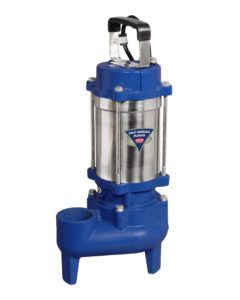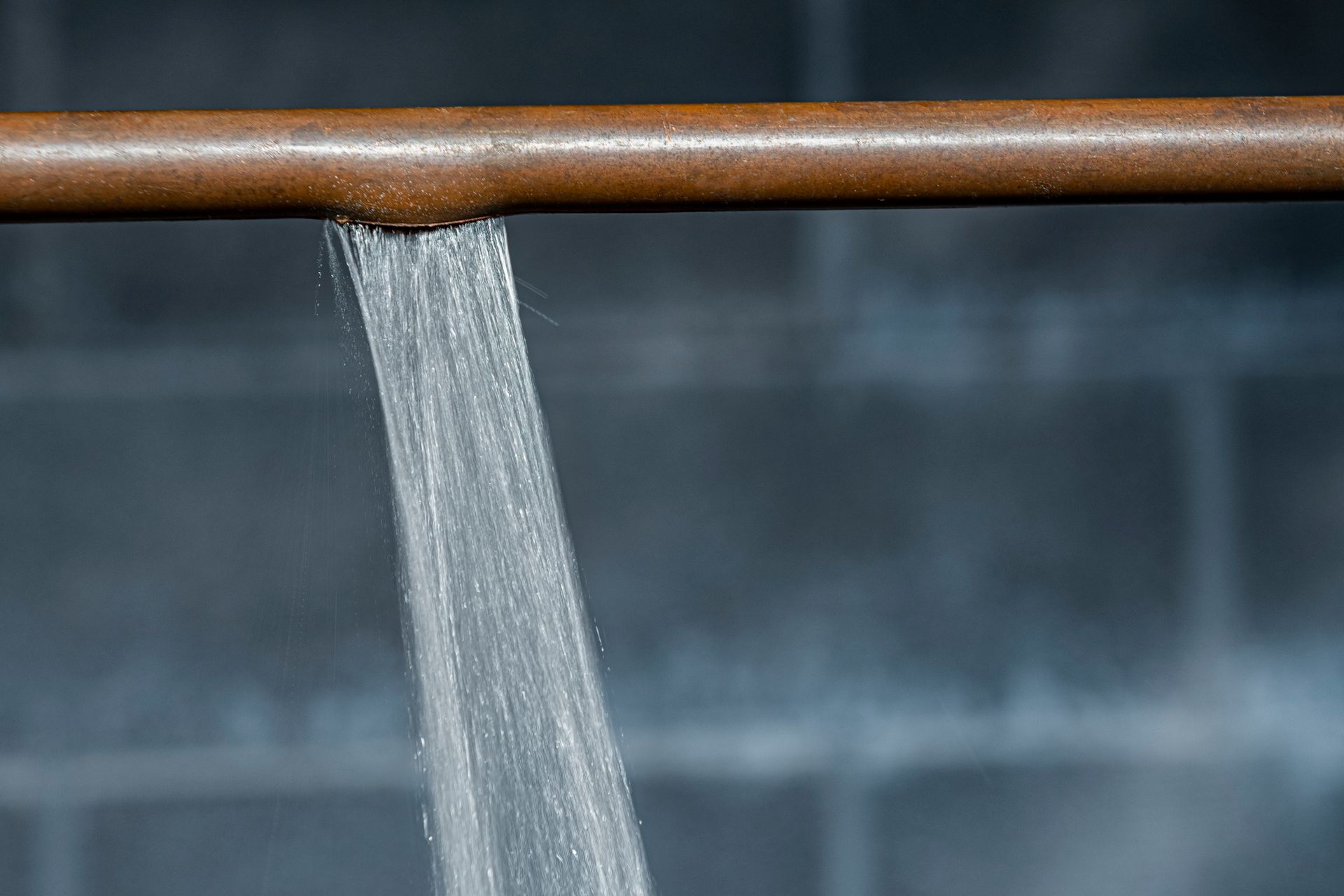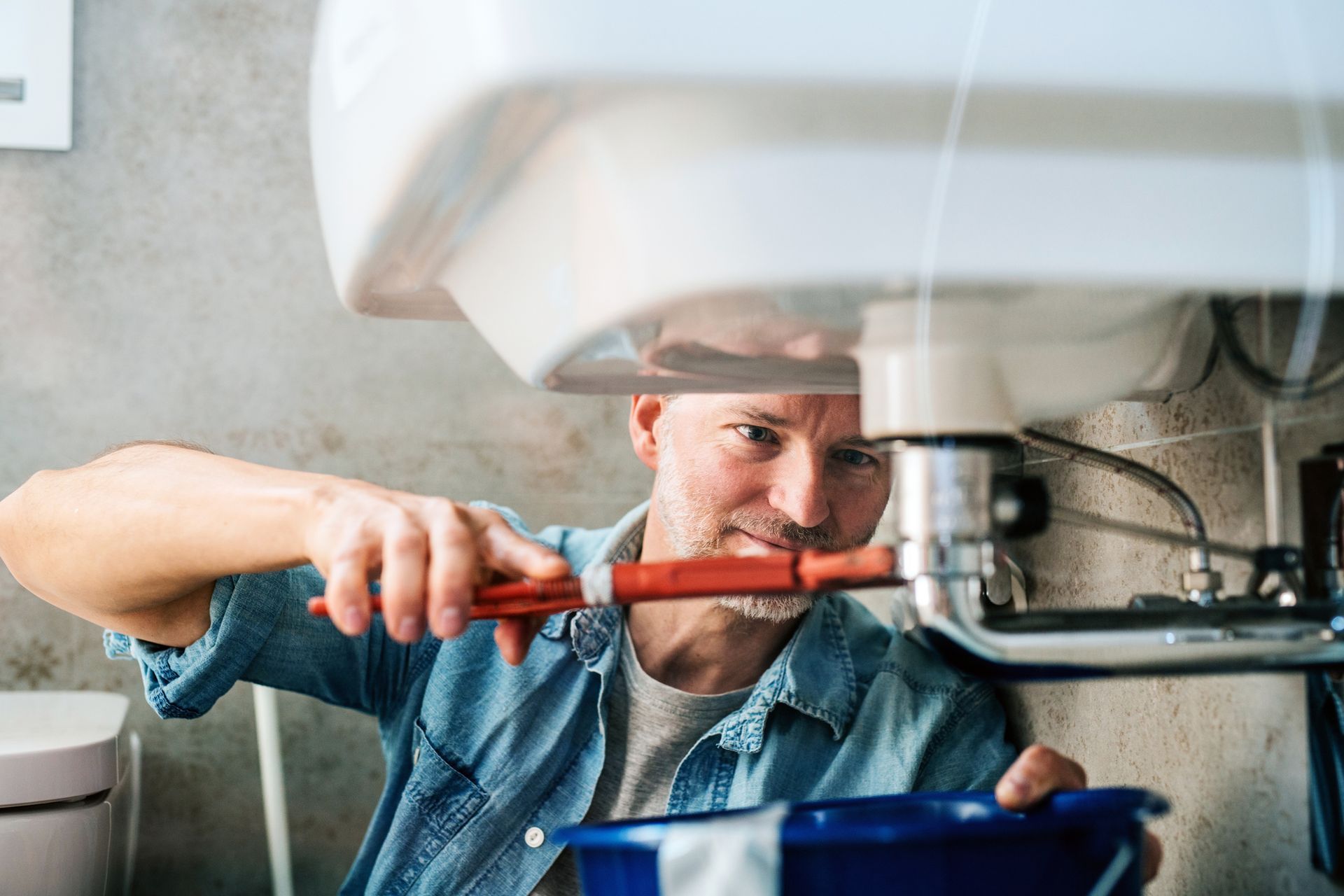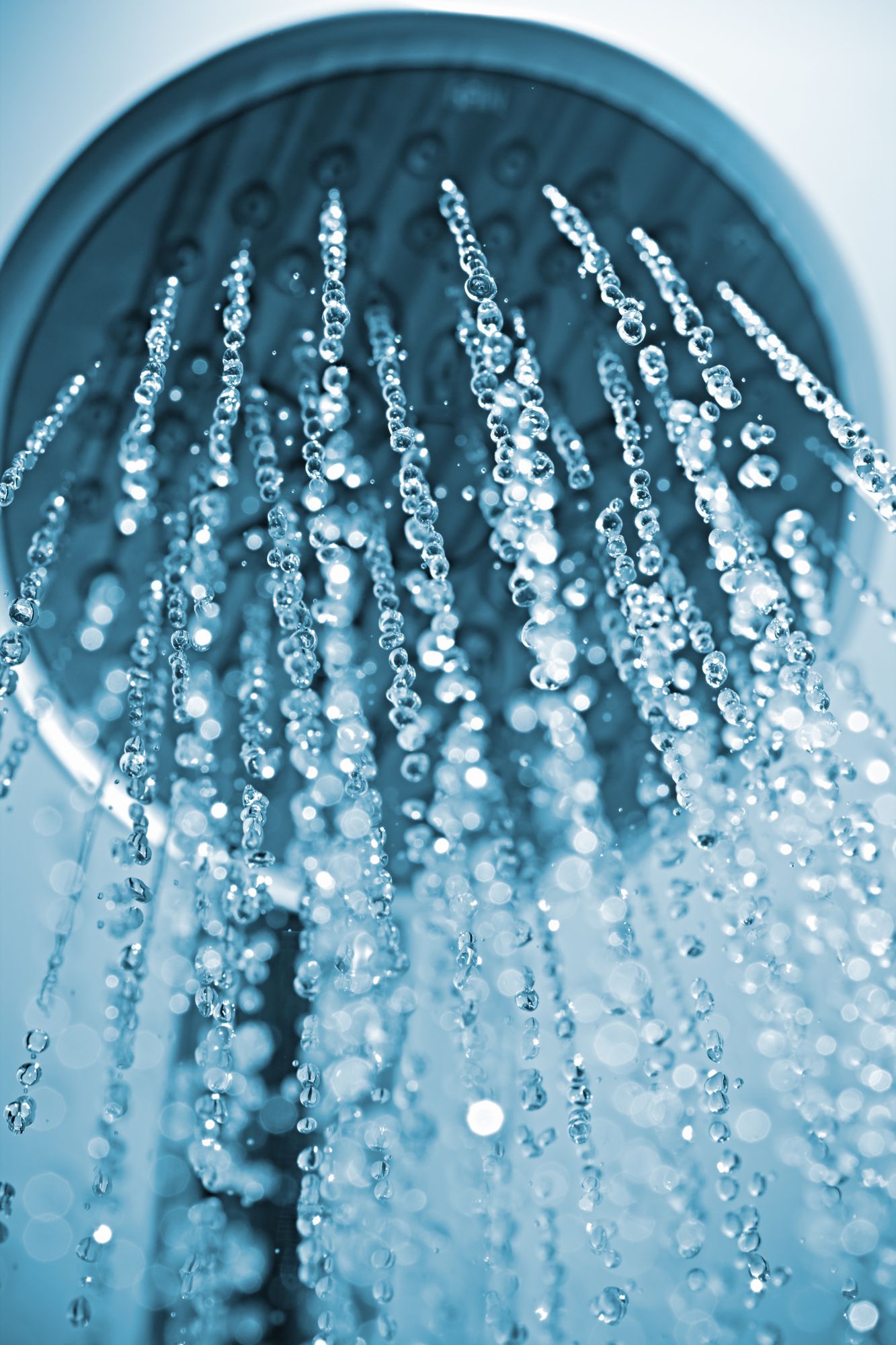A Guide to Choosing a Sump Pump for Your Basement

If you own a home with a basement that tends to flood when it rains, then you may have considered installing a sump pump. Sump pumps offer an economical way to direct water away from your basement to keep it dry, and these pumps are especially effective when basement flooding is from water seeping between the basement slab and foundation wall or you live in an area prone to general flooding.
Like many homeowners, you may know what sump pumps are but do not understand what all of your pump options are and how to choose the right sump pump for your home.
Read on to learn about sump pump types and how to choose the right sump pump for your home.
Sump Pump Types
To effectively prevent basement flooding, you should choose one standalone sump pump powered by electricity and one backup pump that requires no electricity to run while continuing to direct water away from your basement during a power outage.
Learn about two main types of standalone sump pumps.
Submersible Pumps
Submersible pumps are fully submerged underground in a hole in the lowest point of your basement called a sump pit. These powerful pumps are capable of draining thousands of gallons of water per hour, making them great options for all basements, especially those that experience frequent or extensive flooding.
Submersible pumps have projected lifespans of up to 10 years before replacement is typically necessary. These pumps can also be difficult to access when repairs are needed, since they are underground.
Pedestal Pumps
Pedestal sump pumps are not fully immersed into a sump pit. Instead, they have extension shafts that are immersed into the pits and motors that lie well above the pit surface. Since the motor of a pedestal pump is not frequently submerged in water, it can last up to 30 years before needing replacement and is much easier to repair when needed.
However, these pumps are typically less powerful than submersible pumps and cannot drain as much water from a basement at once as their submersible counterparts. For this reason, they are best for homes that rarely experience extensive flooding.
The most common backup sump pumps on the market today are battery-powered backup pumps. These are small submersible pumps that run on battery power instead of electricity. These pumps are not ideal standalone pumps because they are less powerful than standard submersible pumps.
Sump Pump Horsepower
While you may be tempted to choose the most powerful sump pump on the market, choosing a pump that is much more or less powerful than your home needs can lead to your pump cycling more often than necessary, potentially decreasing its lifespan.
Submersible pumps come with motors that range from 1/3- to one-full horsepower. One-third horsepower pumps tend to work well for average size homes in areas without high water tables. Your local area has a high water table if soil tends to become extremely saturated near the surface of the ground when it rains.
Choose a 1/2-horsepower pump if your local water table is relatively high, if your home is in flood plains or experiences frequent severe flooding for any other reason.
Most pedestal pumps have motors that range from 1/3 to 1/2 horsepower. While 1/3 horsepower models work well for most homes, choose a 1/2 horsepower model if your local water table is high.
Pumping Capacity
Most sump pumps also have pumping capacity ratings that designate how many gallons of water per minute (GPM) the pump is capable of redirecting away from your basement. Typically, sump pumps with stronger motors have higher pumping capacities than those with weaker motors.
The sump pump capacity rating you need for your home is based on the amount of water that flows into the sump pit during a high-flow period of time, which a local licensed plumber can measure.
Alternatively, you can determine the pumping capacity you need based on the soil type your home is built on — if it is built on sand-based soil, you need about 14 GPMs of pumping capacity per 1,000 square feet of your home, while you need about eight GPM of pumping capacity per 1,000 square feet of your home if it is built on clay-based soil.
If you plan to install a sump pump in your basement to prevent basement flooding, then keep these facts in mind when selecting your new pump. Contact the plumbing experts at Jim Dhamer Plumbing and Sewer, Inc., to schedule the sump pump installation or repairs you need today. Call us today at (630) 964-2222 to learn more.
The post A Guide to Choosing a Sump Pump for Your Basement appeared first on .
Leave A Reply
More Posts









